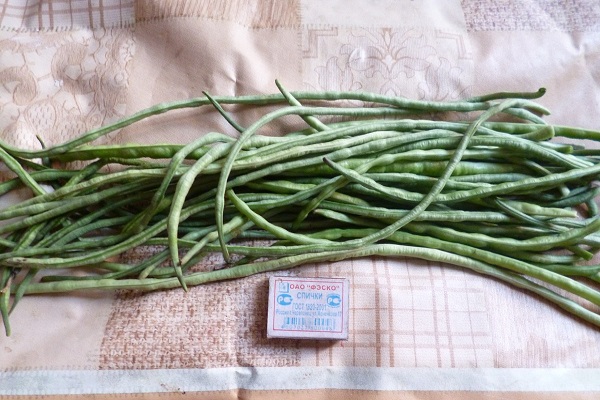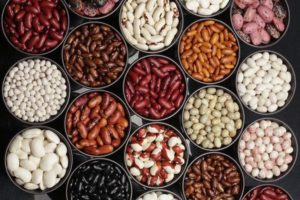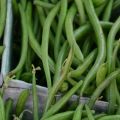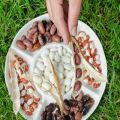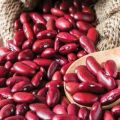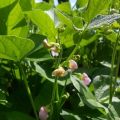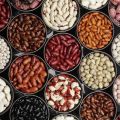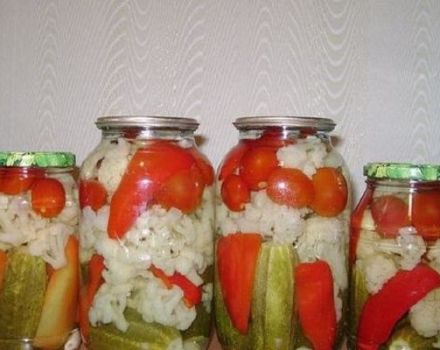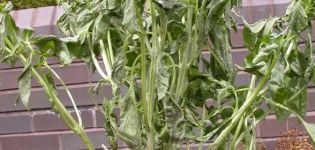Description of the Black Eye bean variety, cultivation features and yield
Growing a good harvest of beans. Black Eye is the dream of many gardeners. The beans and shoulder blades of this plant are at their peak.
Groups of supporters of healthy eating have formed. People are interested in wholesome food. Products should contain a balanced amount of vitamins, minerals, fiber. Dishes have certain nutritional and taste requirements. The black eye meets all the standards for a healthy diet.
Beans and cosmetologists did not ignore. Extracts from the Black Eye are a part of creams and masks. Scrubs made from dried and ground beans are popular.
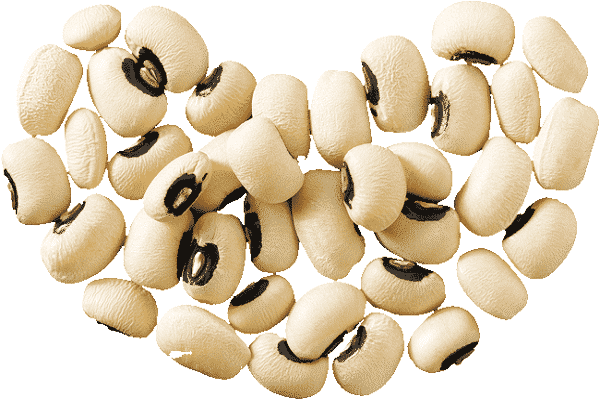
History
This beans was first mentioned in the Talmud in the year 500. It is part of the festive dish. The product was delivered to America from Asia. They began to grow it in the South American states.
After a while, cowpea began to be planted in the west of the continent. In the 18th century, this popular product entered many American dishes.
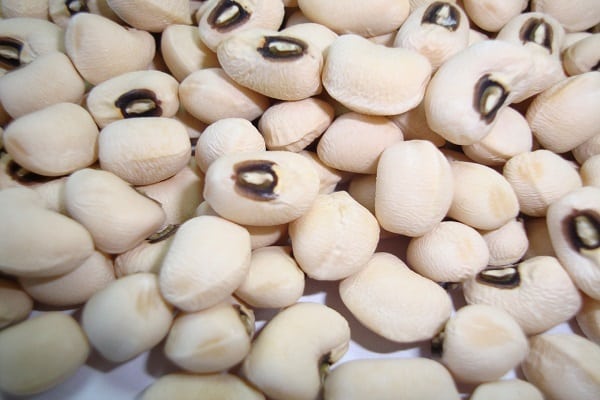
In the 19th century, after the end of the war between the North and the South, beans became especially popular. This is due to the simplicity of growing the crop: a lot of nutritious and tasty foods were required.
From America the Black Eye migrated to Europe. There, the plant spread quickly. It was noticed: planting cowpea enriches the soil with nitrogen, which increases the yield of subsequent plantings.
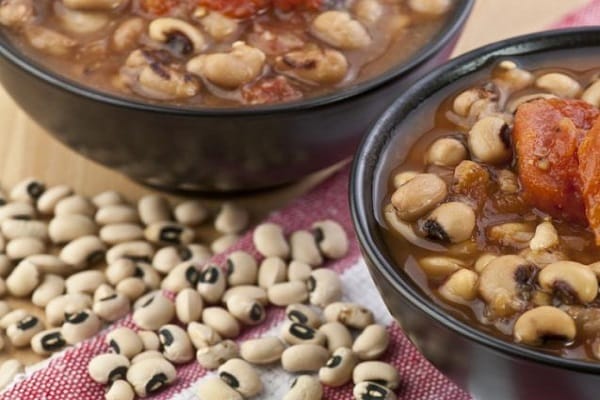
Description of the variety
Botanists consider the black-eyed white kidney bean to be a member of the Vigna unguiculata family. Her description:
- annual plant;
- height no more than 0.3 m;
- trifoliate bean-type leaves;
- fruit - a pod with beans of white color with a black spot;
- beans ripening period: 120 days;
- unlike beans - the curvature of flower corollas;
- demanding for heat (a short frost destroys plantings);
- Shading resistance of the Black Eye;
- the sensitivity of beans to soil moisture;
- grows on loamy, sandy and clayey soils;
- increased acidity of the soil does not affect bean yield;
- really get up to 3 kg of beans per plant;
- excellent honey plant.

When sprouting beans consumes up to 100% of its own weight of water. Gardeners know: in arid regions, you can get a good harvest only with an established irrigation system.
Beneficial features
The main value of the Black Eye is the presence of protein (23 g / 100 g). It completely replaces animal protein. Beans are an alternative for people who do not consume meat and dairy products.
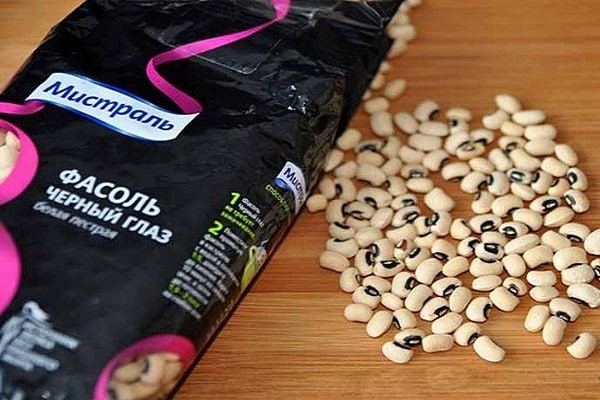
Vigna supplies a person with vitamins of group B, PP, A, C, iron, calcium salts.Beans have an optimal ratio of potassium to sodium. This helps to remove excess fluid from the body.
Beans contain 60 g / 100 g of carbohydrates. They are easily absorbed by the body. Black eye fat has 1 g / 100 g.
The total calorie content of the product is 340 kcal. This ensures that beans are included in the diet of weight watchers.
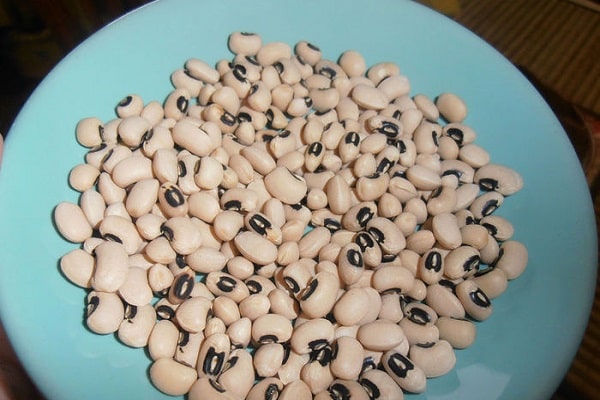
How to choose the right one?
When buying a Black Eye for planting, gardeners should pay attention to the condition of the beans:
- they must be the same size (this guarantees uniform germination);
- the skin is intact, no cracks or breaks;
- the color is white, glossy, with a characteristic black eye;
- lack of dirty spots, build-ups;
- to the touch bean seeds must be dry.
Attention should be paid to the production time: the cowpea retains its maximum germination capacity of 16-18 months.
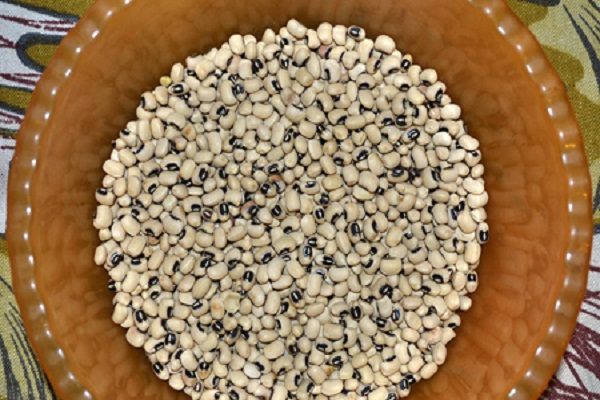
Growing
The black eye, with proper care, provides gardeners with a high yield. Growing tips:
- The success of the enterprise depends on the competent choice of planting material.
- In the Middle Lane, it is recommended to grow Black Eye through seedlings. In the south, beans have a warm period.
- It is recommended to plant beans in the ground when the earth warms up to 15-17 degrees at a depth of 10 cm.
- The soil should be fertilized with organic matter (bucket per square meter) and mineral complex (as recommended by the manufacturer).
- It is recommended to sow beans with presoaked seeds according to the scheme 70x80 cm.
- Provide plants with solid support. A wire stretched between the posts will do.
- It is recommended to carry out loosening and removing weeds.
- It is required to monitor soil moisture: cowpea does not tolerate drought and excess water.

The gardener is advised to remember: before planting, it is necessary to moisten the ridges.
Care features
In the southern regions, the vigna gives higher yields. When growing beans in dry places, be sure to consider an irrigation system.
When buds appear, potassium (5 g / square meter) and phosphorus (15 g / square meter) should be added to the soil.
It is recommended to harvest mature bean pods: it speeds up the formation of new ones.
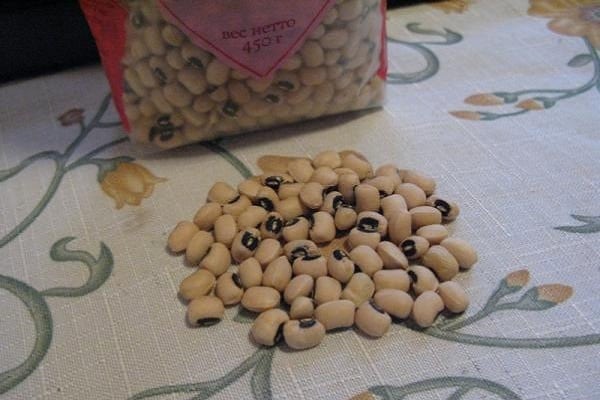
Harvesting
You can collect scoops or pods with ripe beans. The blades are torn off 45 days after germination. At this time, the seeds will be the size of a grain of wheat.
The pods are torn off after the leaves are dry to the touch. The fruits are husked, the beans are separated for seeds and sale.

Storage rules
The gardener is advised to prepare a place to store the Black Eye. Green beans are folded in bags and frozen.
The beans are ventilated and placed in plastic containers with a layer of 10-15 cm. To protect against weevils, laurel leaves or slices of unpeeled garlic are placed in the boxes. The storage temperature should be no higher than 10 degrees Celsius. The admissible humidity is within 30%.
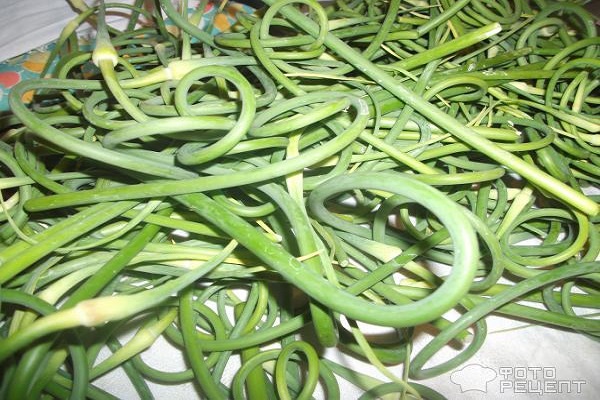
Benefit and harm
The benefits of the Black Eye are the use of the plant in dietetics, cosmetology, medicine. In agriculture, the soil after planting cowpea is enriched with nitrogen and becomes more fertile.
Harm can be caused by exceeding the amount of beans in the diet or by individual intolerance to plant components.
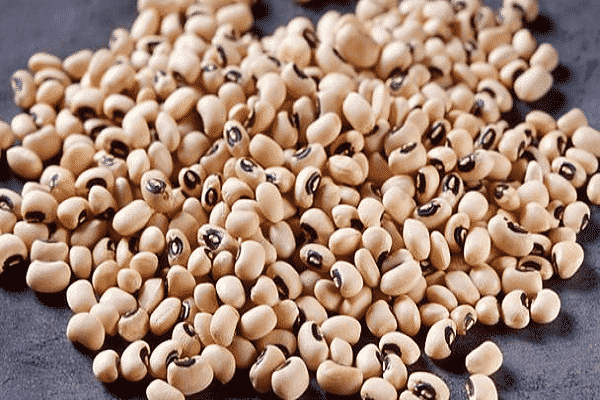
Pests and diseases
Vigna is disease resistant. The greatest harm to plantings is caused by illiterate agricultural technology.
In the tubers of the roots of the plant, a nematode is sometimes located. This harms subsequent plants.
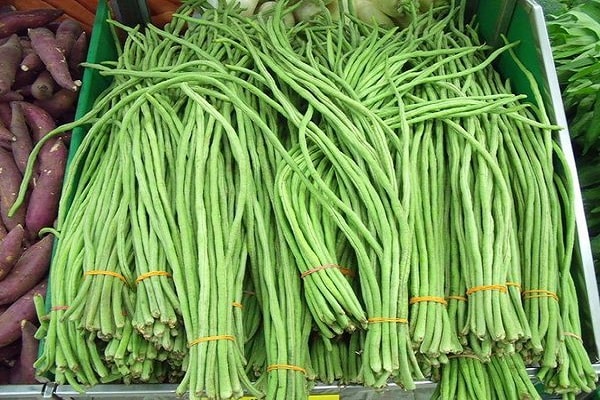
Application
The black eye is applied in several areas.
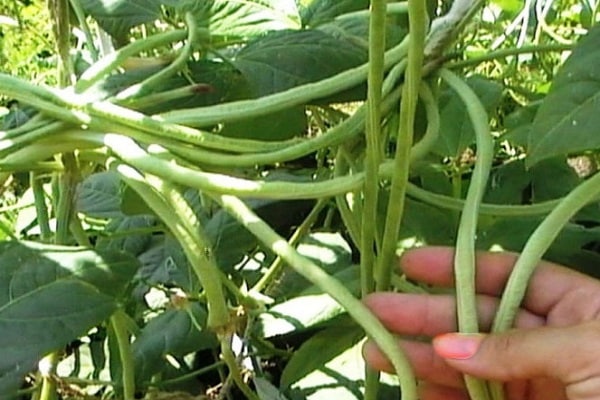
In medicine
Doctors prescribe dishes from cowpea scapula for diseases of the gastrointestinal tract. Beans help heart disease patients. They remove excess fluid from the body.
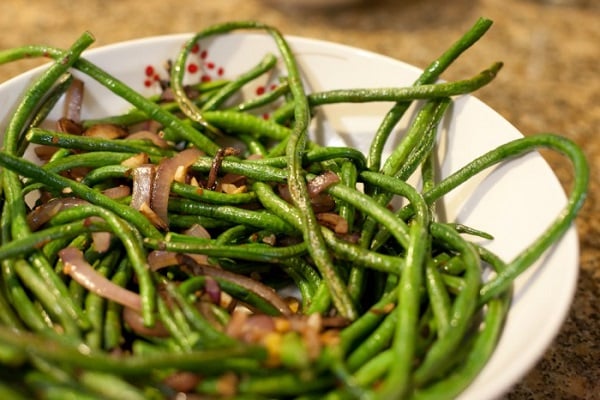
In cooking
Customers appreciated the taste of cowpea dishes. They like soups, side dishes, sauces. The Georgian lobio is especially successful.

In cosmetology
Some salons offer masks and natural creams made from young beans.Dry ground beans are used as a scrub. Decoctions and infusions of the plant serve as the basis for refreshing lotions.
